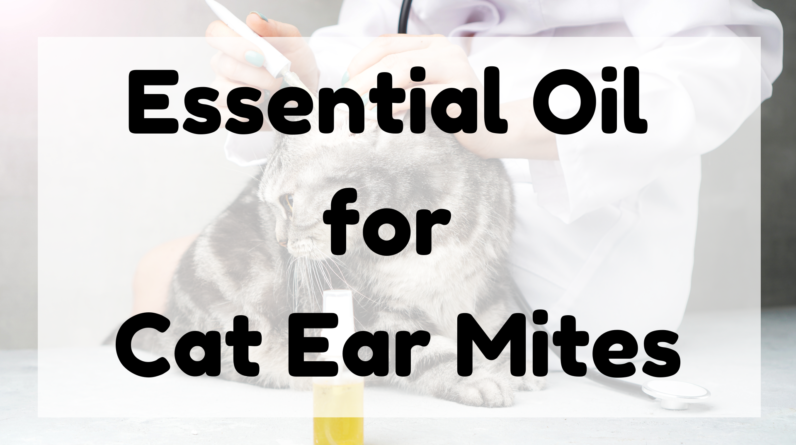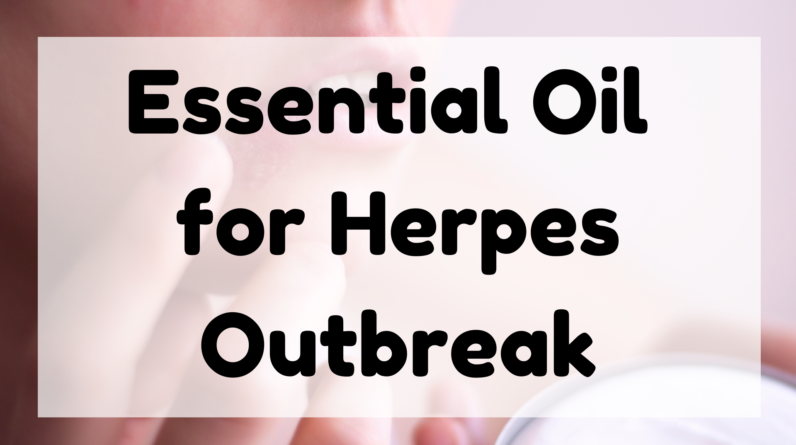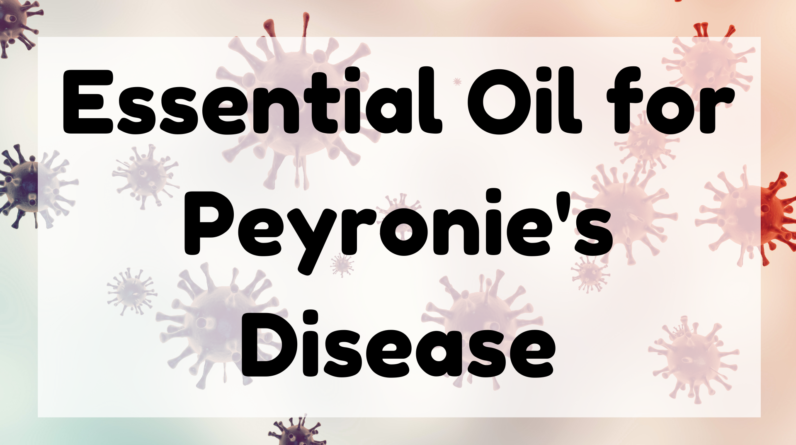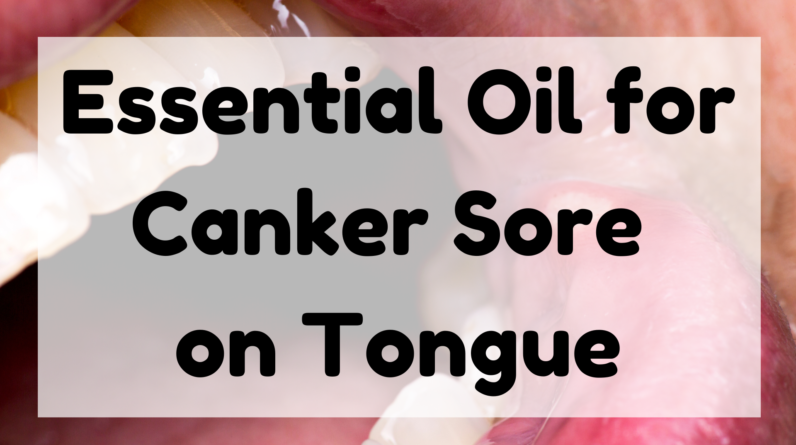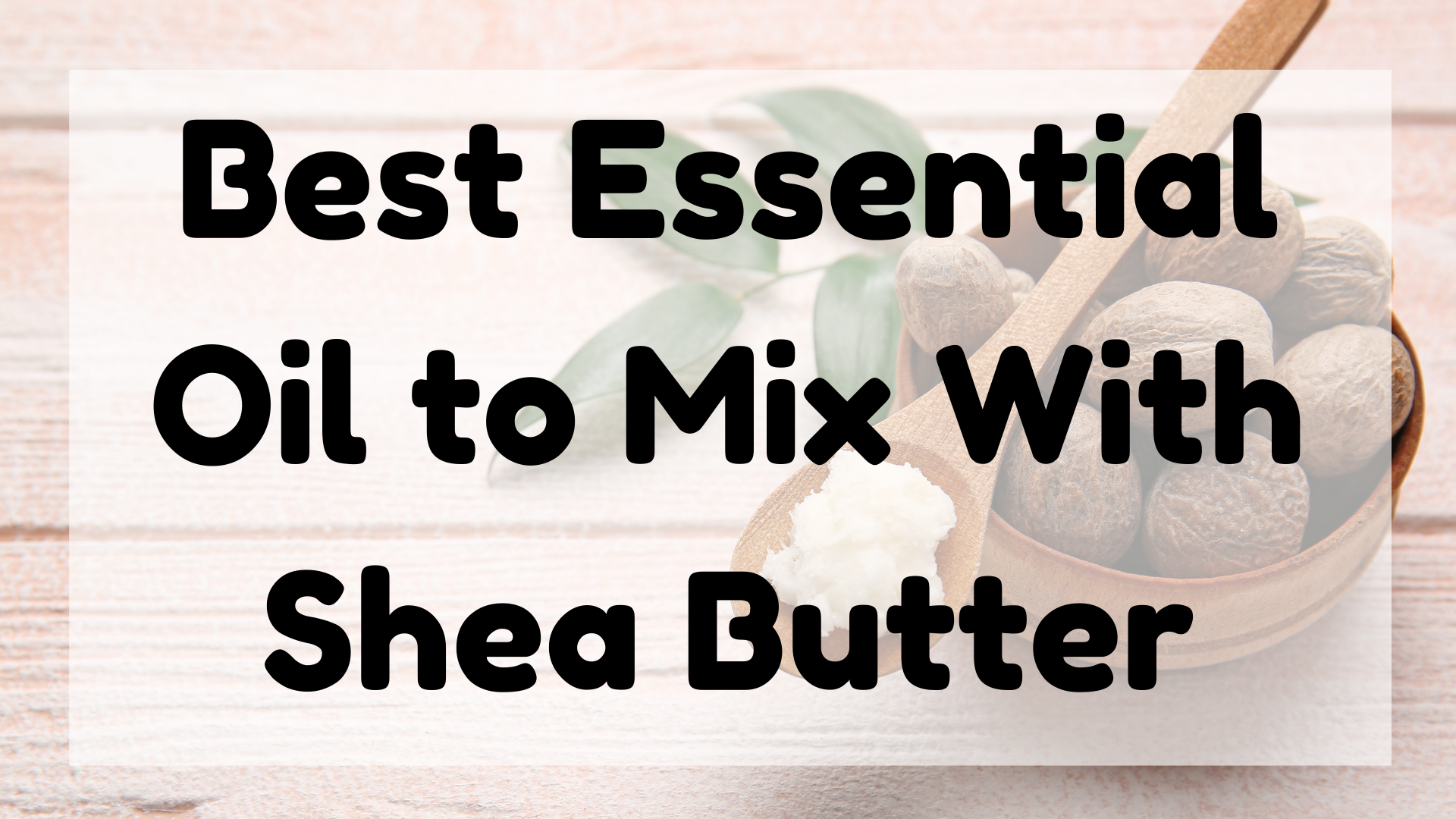
Jump Ahead to:
Best Essential Oil to Mix With Shea Butter
Before we discuss which essential oil to mix with shea butter, let’s first define what essential oils are.
Then, we’ll discuss why they are good for our skin and which essential oil to use to get rid of breakouts.
And finally, we’ll look at which essential oil to use to mask the smell and get the most benefits from your shea butter.
Read on for more information! You’ll be glad you did!
What are Essential Oils
Shea butter is a fantastic natural moisturizer that is beneficial for dry and cracked skin.
Several of these oils are also beneficial for skin conditions, such as acne and rosacea.
Adding essential oils to shea butter can improve the scent and improve your skincare routine.
There are several essential oils that can be combined with shea butter, and each has its own unique benefits.
Before mixing the oils, it is important to understand the properties of each essential oil.
Other popular essential oils for shea butter are lemon, rose, and orange.
You can also try mixing other essential oils with shea butter if you prefer.
You can also add essential oils to the mixture for a unique and customized scent.
It’s usually safe to mix two to four drops with a tablespoon of shea butter if you’re making a facial-care product.
Just be sure to read the label carefully and use an accurate scale.
Vanilla essential oil is expensive, so you might want to substitute vanilla extract.
Lemongrass essential oil is very helpful for digestive issues and headaches.
It’s also excellent for skin conditions and lightens scars.
These oils also contain Vitamins A and E. Just make sure you use the best oils!
If you are adding essential oils to your shea butter mixture, you can use mint oil.
Mint has an energizing and cooling effect.
After mixing, the shea butter should cool down to room temperature and be whipped until it reaches the desired consistency.
It’s best to store the mixture in a wide-mouth jar.
You can also use it as a bath or body butter and split it into different scents as you desire.
Properties of Essential Oils
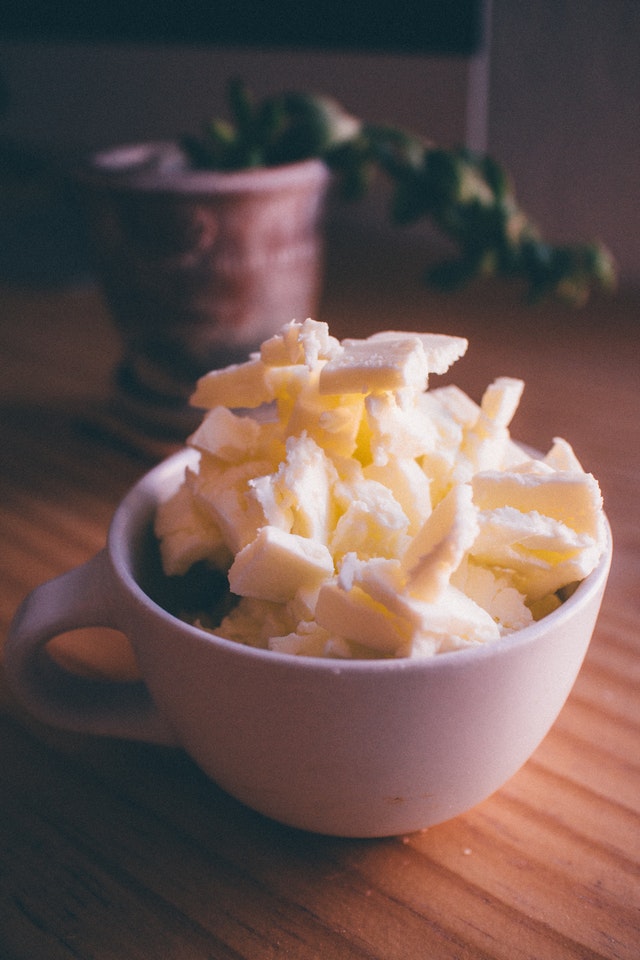
They are also beneficial in skin care products and can be mixed with shea butter for a variety of purposes.
When choosing which essential oil to mix with shea butter, consider which one will best benefit your skin.
Some popular essential oils to mix with shea butter include rosemary, geranium, and lavender.
It is also a great choice for treating acne and pimple scars.
Lemongrass essential oil contains Vitamins A and E, making it a good choice for skincare products.
If you use a combination of the two, the benefits of each essential oil will be enhanced.
However, it is important to note that the two oils are not the same.
Polyphenols are compounds in plants that help prevent many diseases.
They have been associated with anti-aging, anti-inflammatory, and antioxidant properties.
The specific benefits of these compounds vary and are still being studied.
However, studies have found that shea butter is a rich source of polyphenols.
If used properly, it can be a crucial ingredient in skincare products.
You will have to make sure that the product you purchase is pure, raw, and unprocessed.
When adding essential oils to shea butter, make sure to carefully read the labels and follow all safety guidelines.
Essential oils may contain chemicals and should be handled with extreme caution.
When mixing with shea butter, make sure to take all the necessary precautions for a safe, effective product.
If you are not sure about the safety of the product, consider doing a little research before you begin using essential oils.
Just like with any other product, make sure to read the labels carefully.
Despite common misconceptions about essential oils, using them on your skin is generally safe.
Moreover, you should only apply them sparingly. In case you experience any allergic reaction, don’t use essential oils.
They are not safe for ingestion.
For example, it is not safe to mix essential oils with jojoba oil.
Therefore, you shouldn’t use any oil without consulting a qualified aromatherapy practitioner.
Cause of Skin Breakout
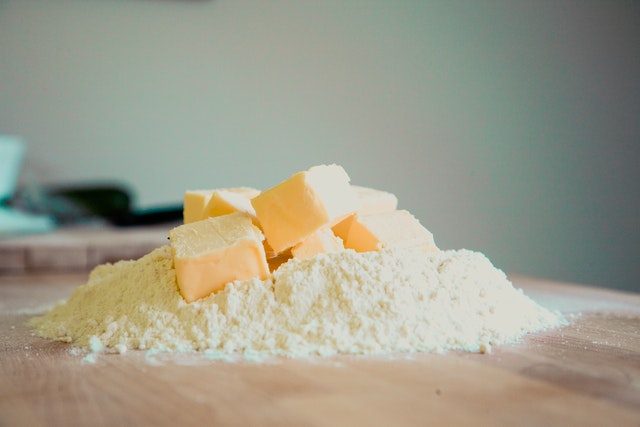
You might be wondering if shea butter has any side effects and causes skin breakout.
The good news is that shea butter has zero comedogenic ratings, so it will not clog pores and cause breakouts.
In addition, shea butter absorbs almost immediately and will not leave your skin feeling greasy or oily.
The main cause of skin breakout when mixing the essential oil with shea butter is using too much oil.
You should use unrefined shea butter, as refined versions lose valuable nutrients and make your skin more prone to a breakout.
Unrefined shea butter contains all of its beneficial properties, including antioxidants and oils.
The best type to use is Grade A, which is free from bacteria and fungus and passed a strict safety test.
However, be cautious about purchasing untested shea butter because it can be contaminated with bacteria or fungus.
You should also store it out of direct sunlight and high heat.
Essential oils are highly concentrated, so be sure to dilute them in a carrier oil or butter.
Shea butter is an excellent carrier, and essential oils can be mixed safely with it to make your own beauty products.
But be sure to read the ingredient list carefully – not all essential oils are compatible with each other!
So, it’s better to start small and use a small amount of each oil and adjust the ratio of the two as needed.
A mixture of two or three drops of essential oil in one tablespoon of raw shea butter will provide an effective spot treatment for acne scars.
Apply it to the affected area using a Q-tip or a clean finger.
Usually, the skin will heal itself overnight, so it’s best to use shea butter before bed.
It’s not a bad idea for a nighttime moisturizer, because you might break out when it comes to your skin.
Besides being great for your skin, Shea butter also contains many beneficial properties for your overall health.
It is rich in antioxidants and is extremely moisturizing.
It also improves your mood and cognitive functions.
It also nourishes dry skin.
Best Essential Oil to Mix With Shea Butter
Adding the best essential oils to your shea butter skin care product is a great way to enhance its healing properties and improve your overall skin health.
Essential oils are concentrated essences of pure plant material.
They are loaded with antioxidants and other compounds that can improve skin health.
While some people don’t like the smell of raw shea butter, refined shea butter is scented.
When mixing essential oils with shea butter, use a precise scale.
You will need to use the dilution of 2% to add a certain amount of oil to one tablespoon of shea butter.
If you are creating a facial cream, use 0.4% of essential oil, or use one drop for every tablespoon of shea butter.
You can then adjust the amount of oil according to your desired fragrance.
There are many essential oils to choose from, and each one has its own benefits.
Lavender essential oil is an excellent choice for mixing with shea butter.
Besides making the butter smell great, a lavender essential oil is also beneficial for the mind.
It can improve concentration and cognitive function.
Lavender, rosemary, and chamomile are excellent essential oils to mix with shea butter.
Just remember that you should not use essential oils if you are pregnant, breastfeeding, or have a newborn baby.
Olive oil is another popular choice to mix with shea butter.
This combination contains vitamin E, which makes it an effective skin lightener.
Using olive oil with shea butter has many other benefits, including controlling dandruff and promoting skin cell regeneration.
Additionally, shea butter contains essential fatty acids that promote skin healing.
It is ideal for skin care, especially in winter, since it contains natural antioxidants.
Unrefined shea butter has several properties that make it an excellent choice for anti-aging homemade body butter.
It is rich in vitamins A, E, and F.
You can add a variety of essential oils to your homemade body butter for anti-aging benefits.
NEXT Doterra Essential Oil for UTI
Legal and Medical Disclaimer
Information provided on the site is for educational purposes only, and does not substitute for professional medical advice.
You MUST consult a medical professional or healthcare provider if seeking medical advice, diagnoses, or treatment.
We do not provide any medical advise.


